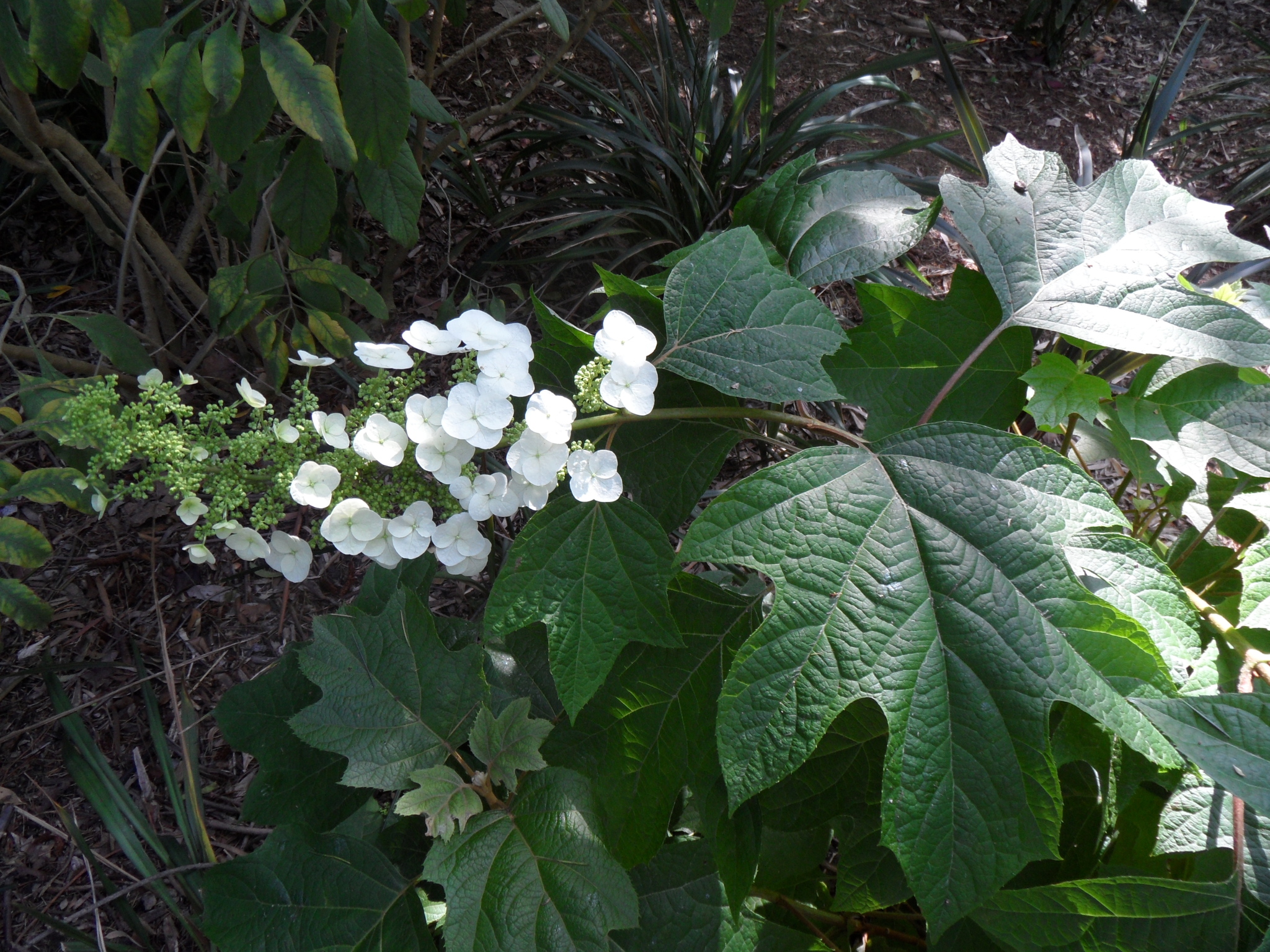
Shrubs, small trees, vines or rhizomatous herbs. Leaves mostly opposite, simple; stipules absent. Flowers bisexual, mostly regular, the marginal ones sometimes sterile, in flattened to elongated clusters. Sepals and petals mostly 4-5, rarely more. Stamens mostly 2-several, many in Carpenteria, filaments sometimes joined at the base.ovary inferior or half-inferior, of mostly 3-5 fused carpels and 1-several chambers, containing numerous ovules with parietal placentation. Fruit a capsule or berry. A family that is often treated as a subfamily of the family Saxifragaceae. Rarely cultivated species include: Kirengeshoma palmata Yatabe from montane s Japan, a perennial herb to over 1m tall, with palmate leaves and showy yellow-apricot flowers to about 5 cm long; fruit a capsule, seed winged; and Whipplea modesta Torr., Yerba-de-Selva, a deciduous trailing subshrub to about 60 cm tall from the coastal n Californian coniferous forests; this is the only species in this genus and has leaves ovate-elliptic and hairy, flowers small, white, in dense terminal clusters, and fruit with 1 seed per capsule.
About 17 genera and 170 species from Indonesia, Philippines, Himalaya, China, Japan, N and S America.
Woody plants with opposite leaves; ovary inferior to half-inferior with 2-5 styles; stamens numerous in 2-several whorls; fruit a capsule.
Source: (2002). Hydrangeaceae. In: . Horticultural Flora of South-eastern Australia. Volume 3. Flowering plants. Dicotyledons. Part 2. The identification of garden and cultivated plants. University of New South Wales Press.
